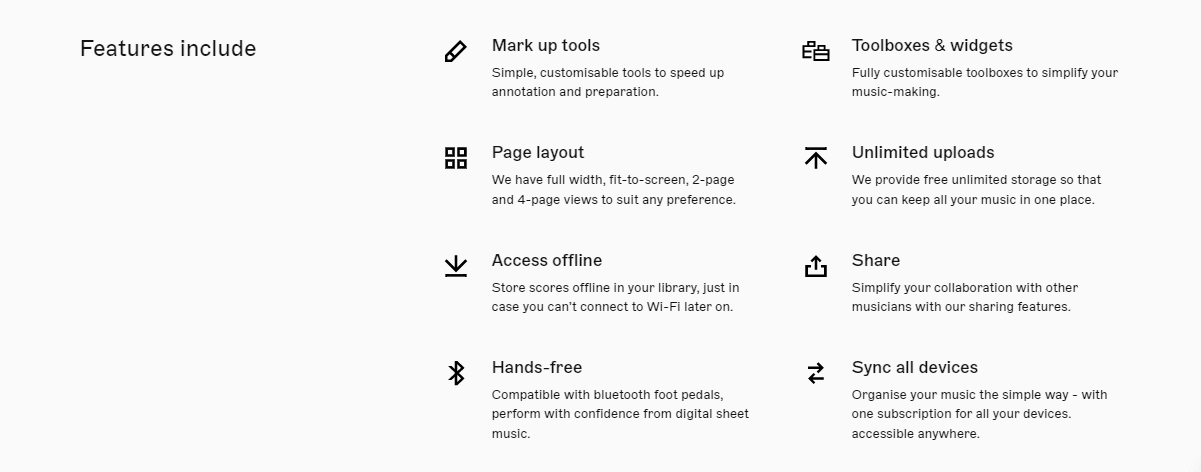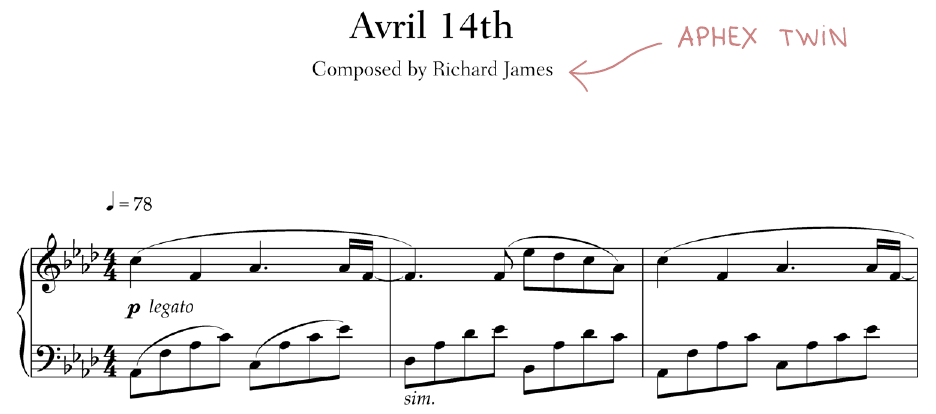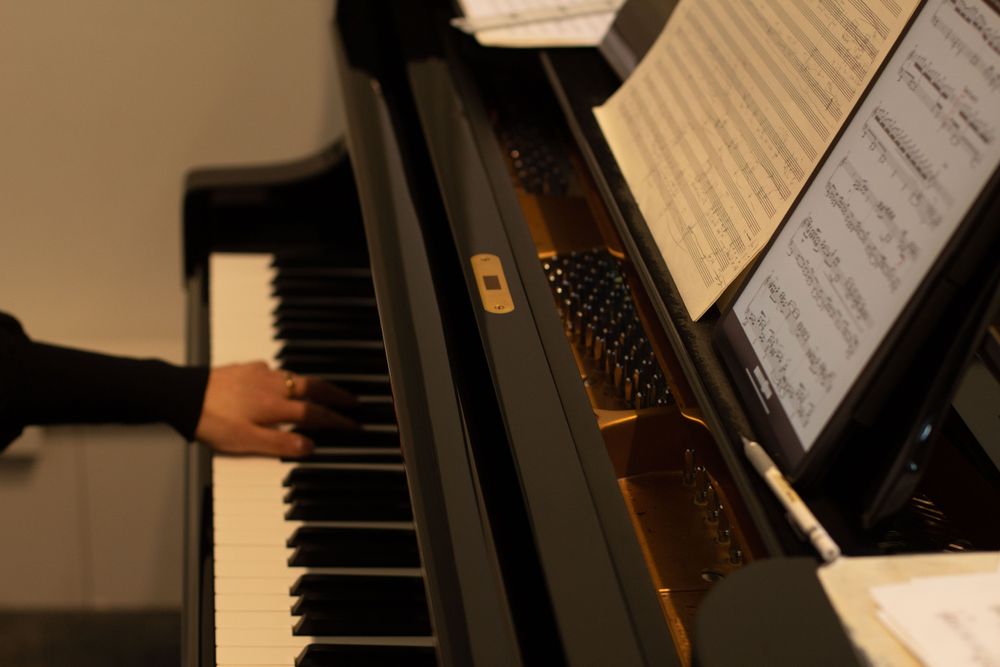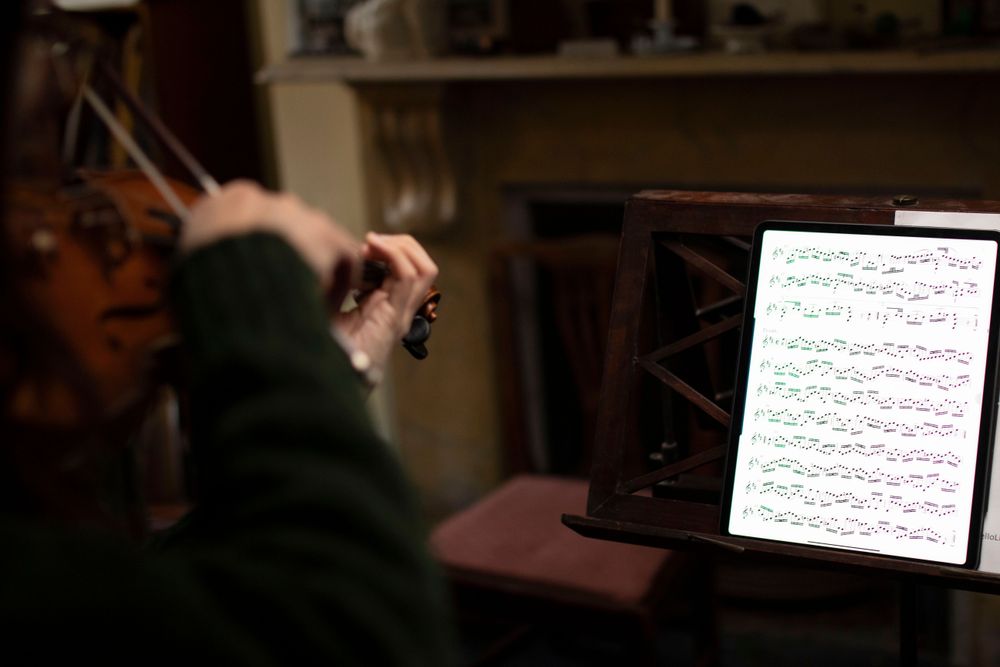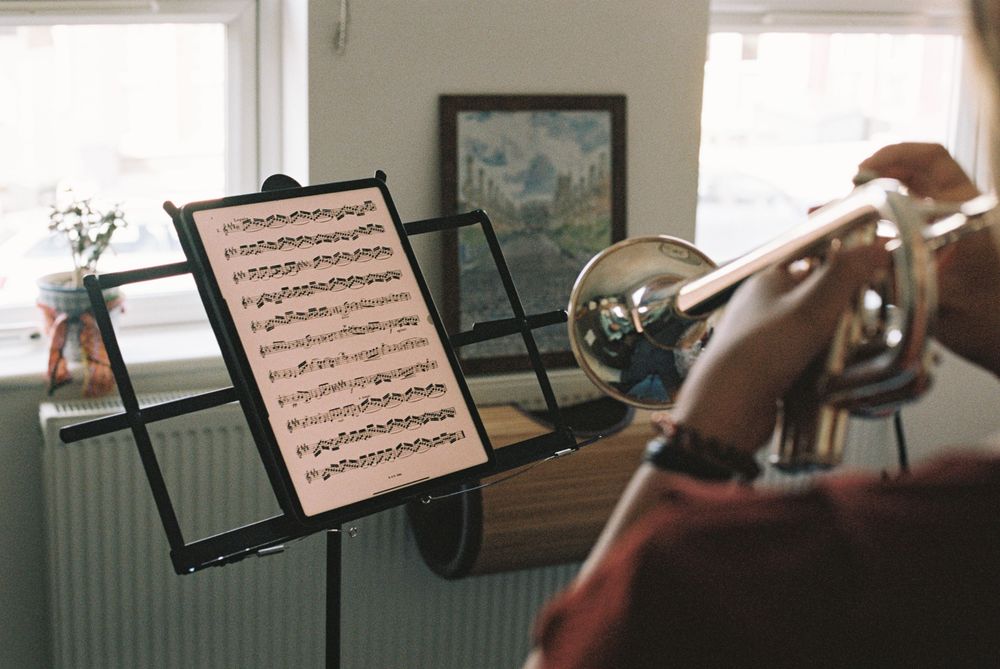To put it simply, digital sheet music is just your regular old sheet music - but digitised. It might be a scan of a printed score, or it might be a straight-to-digital edition. Either way, it features the same notation and music, and serves the same function and purpose.
It can still be read, played, studied, annotated, and even placed on a music stand. In effect, the only difference is, it being digital, you can’t really grasp it. But, in exchange for that frankly old-fashioned physicality, you the musician get a range of major benefits in return.
This post should tell you everything you need to know about digital sheet music.
Why does digital sheet music exist?
It’s not just sheet music – absolutely everything is being digitised. Audio on Spotify. TV shows on Netflix. E-books on Kindle.
Since the dawn of the age of the internet - and increasingly since the rise of smartphones and tablets - ever-expanding digital access to an ever-widening range of media has taken place. In truth, these developments are among the most notable of the young 21st century.
Why has this come about? Well, in a word: convenience. Digitisation enormously enhances accessibility and shareability, while offering greater security and all but unlimited storage. Less cynically, it’s also environmentally friendly, and there’s an egalitarian dimension to accessibility, too – not everyone has a local cinema, or is able to afford stacks of books.

